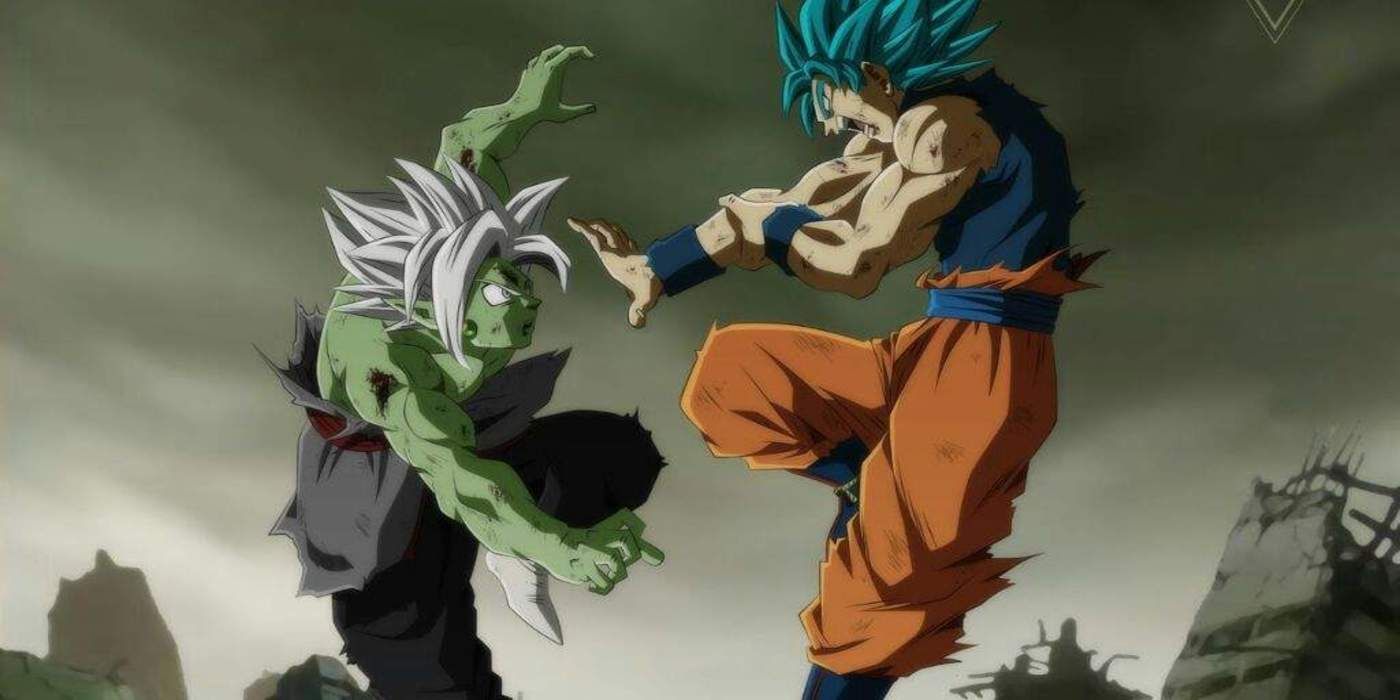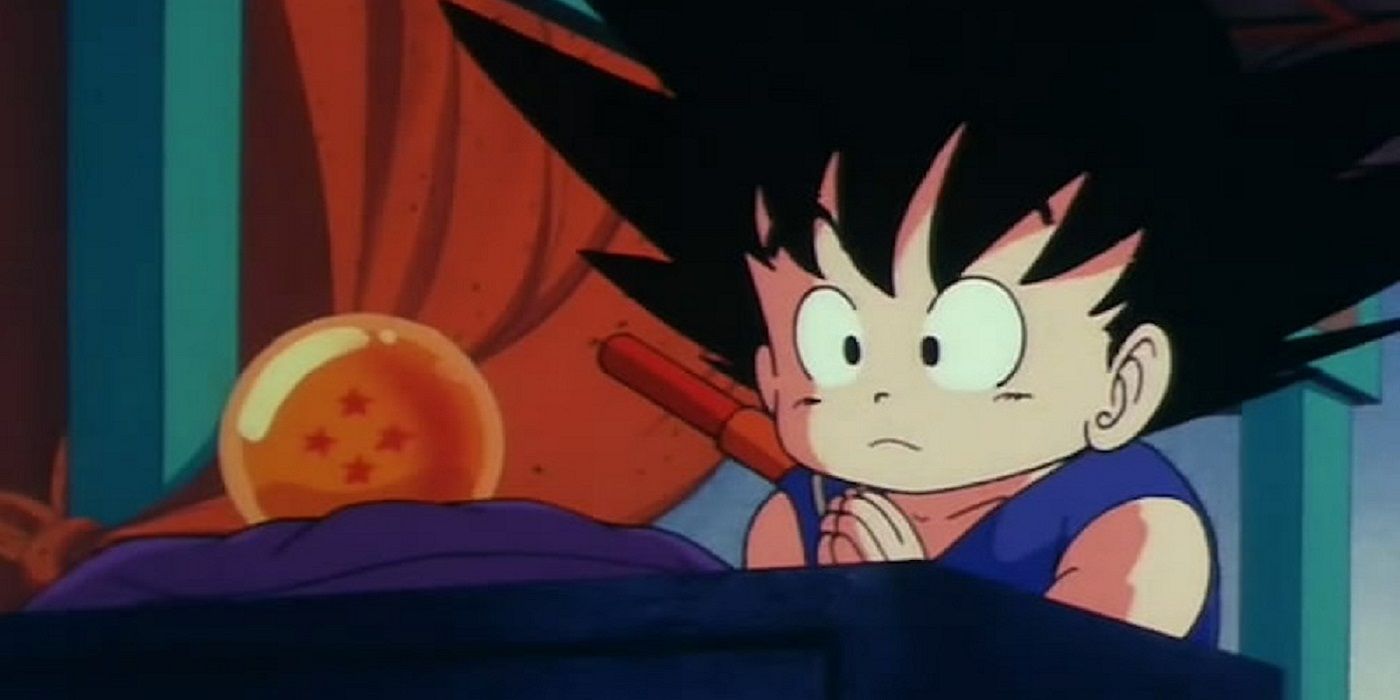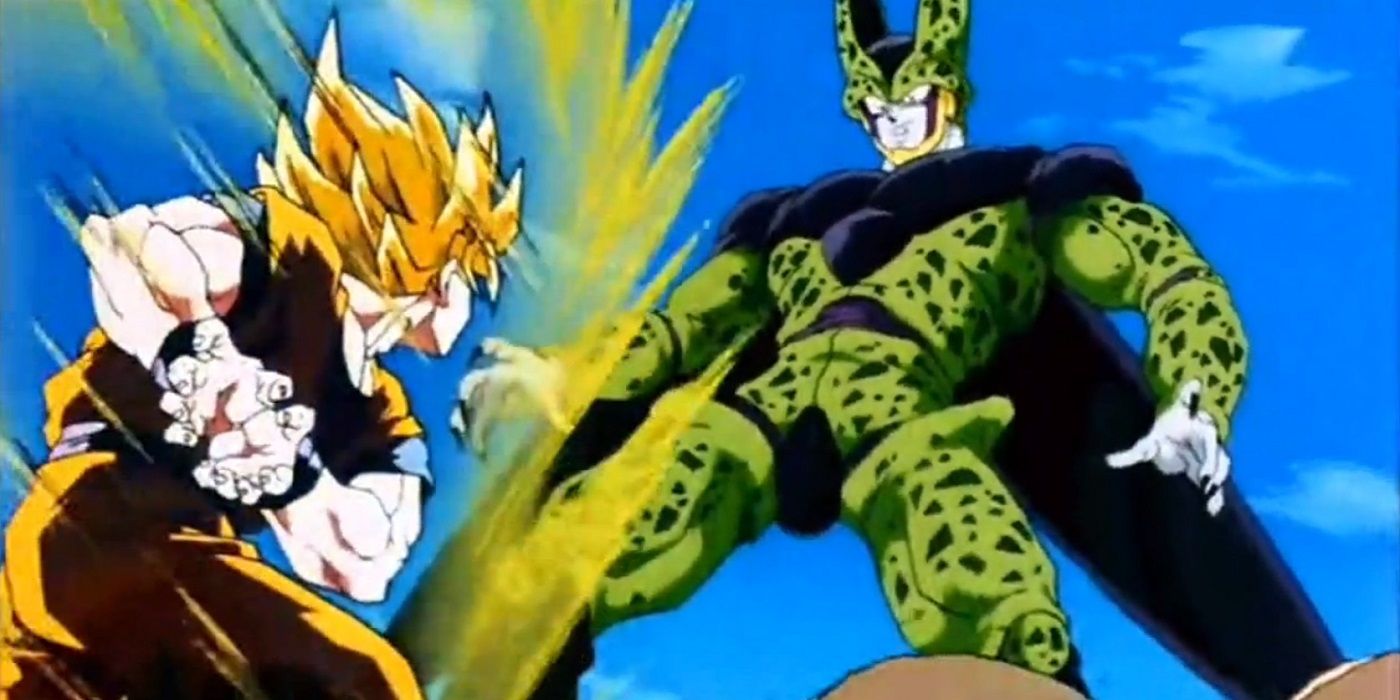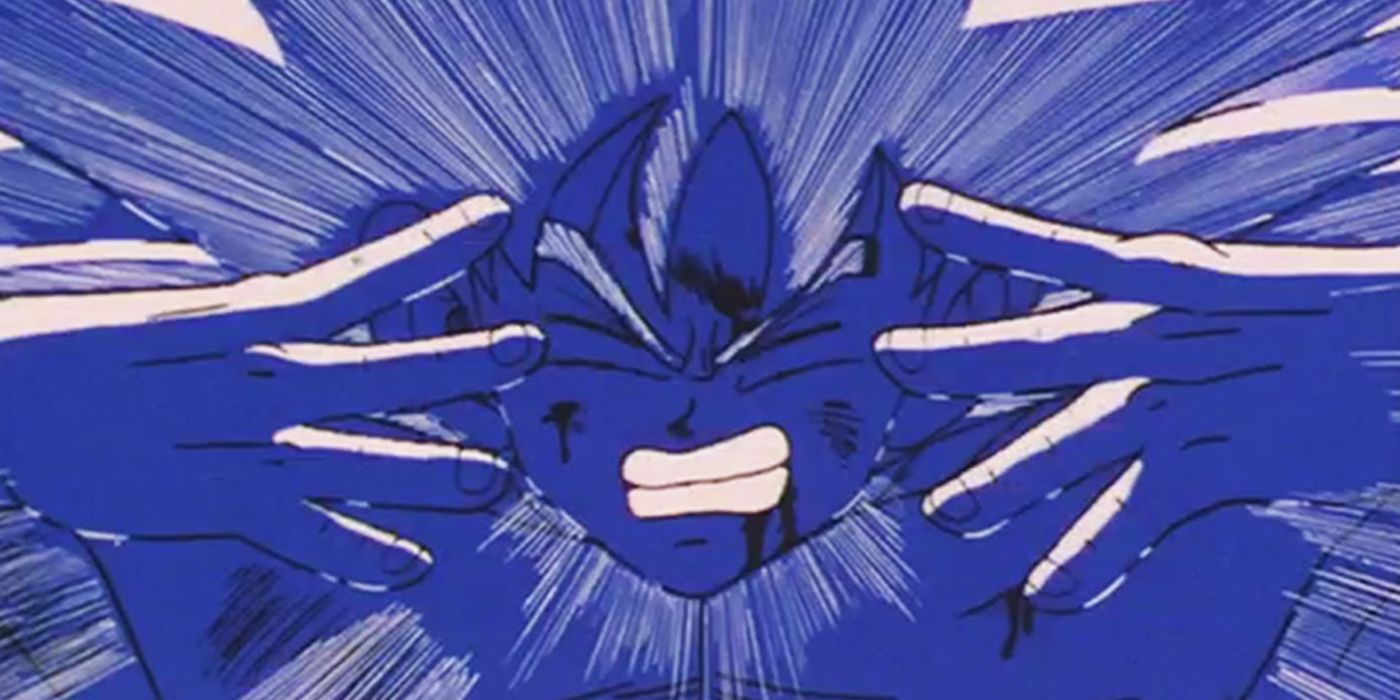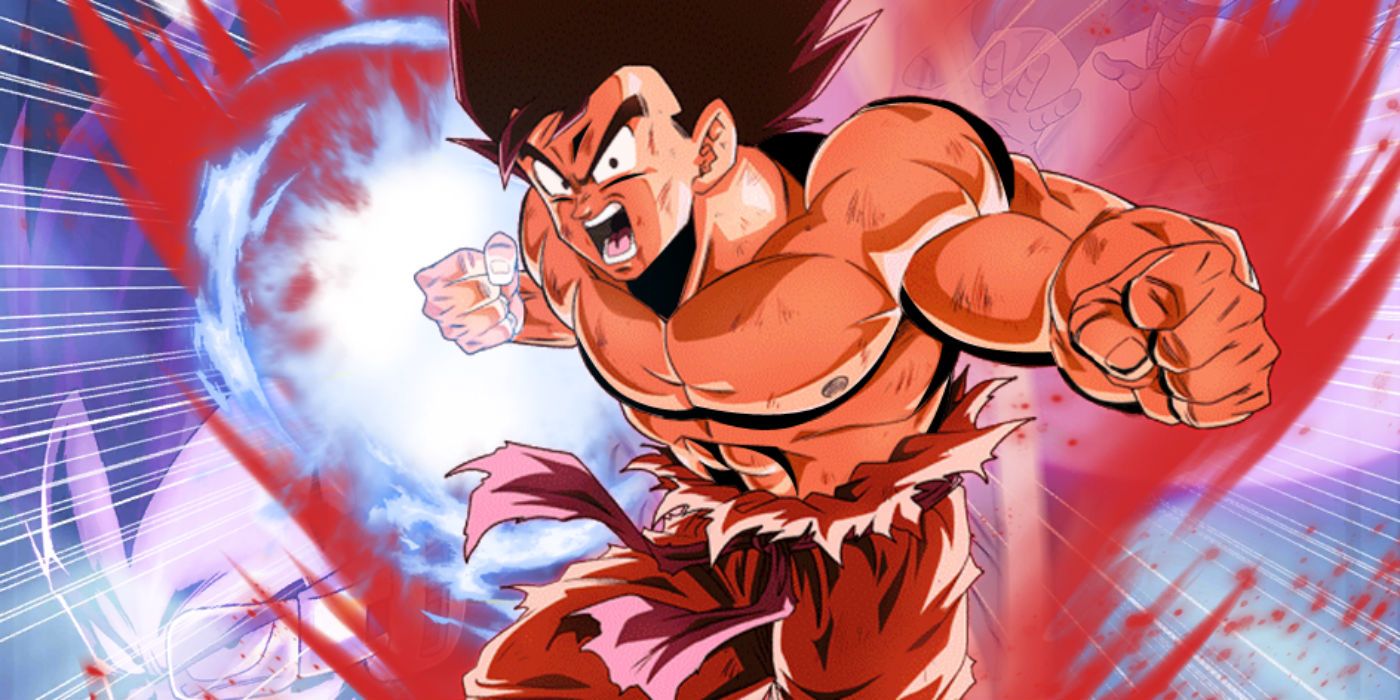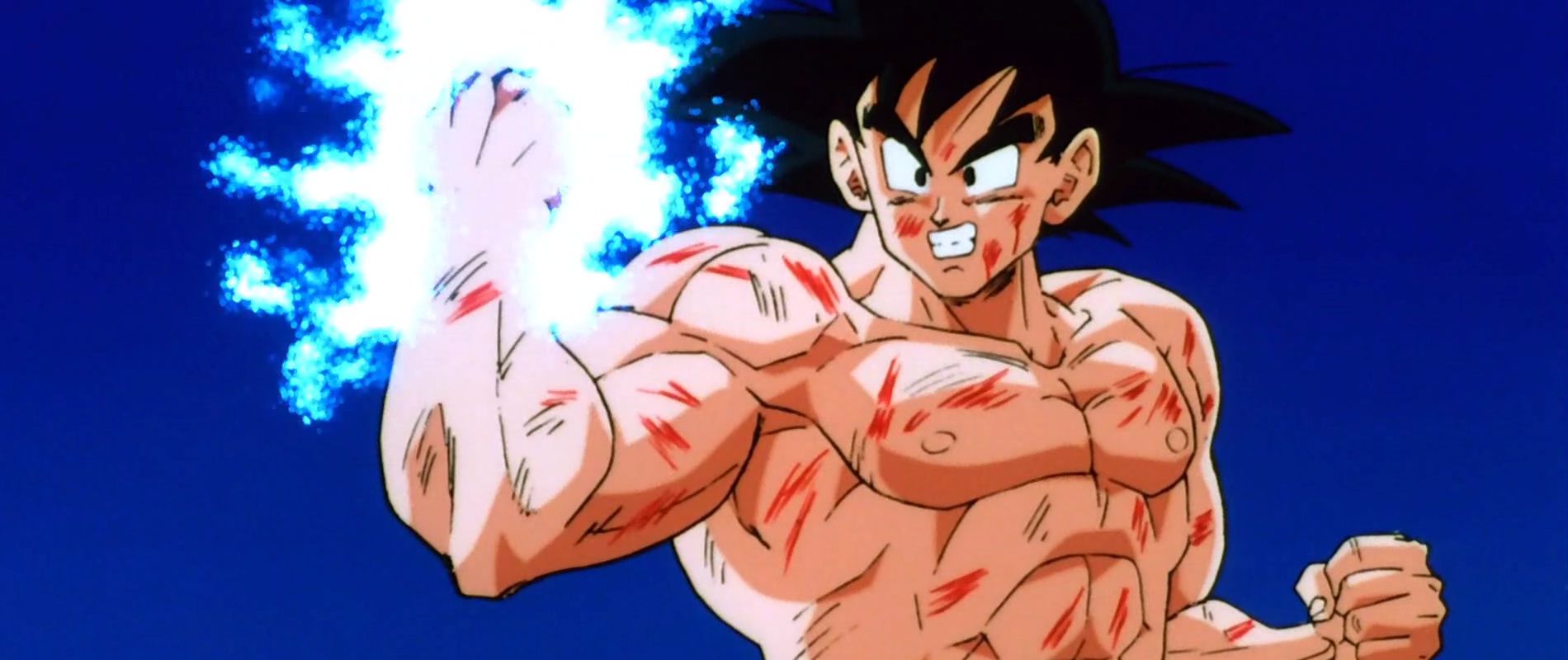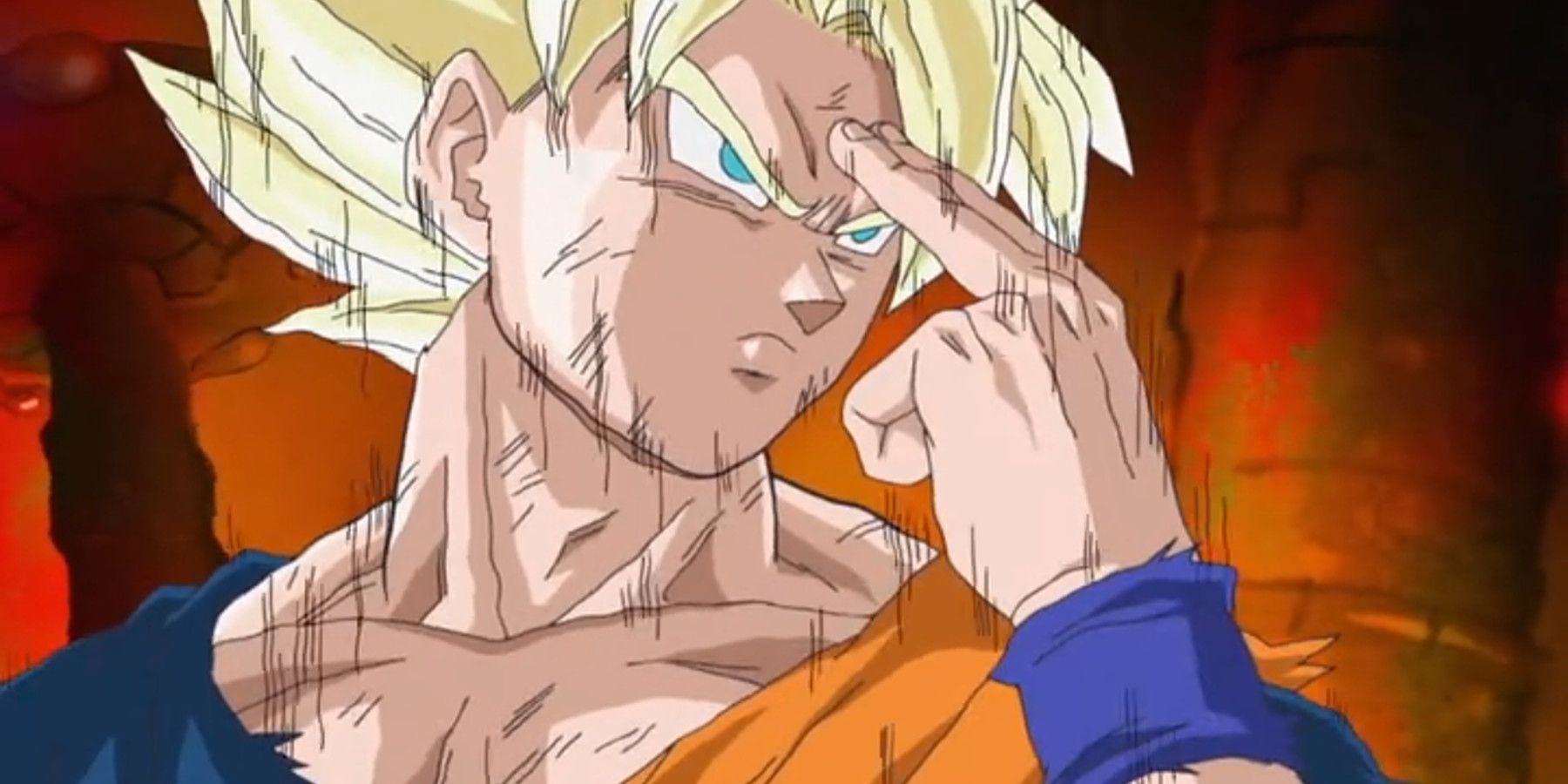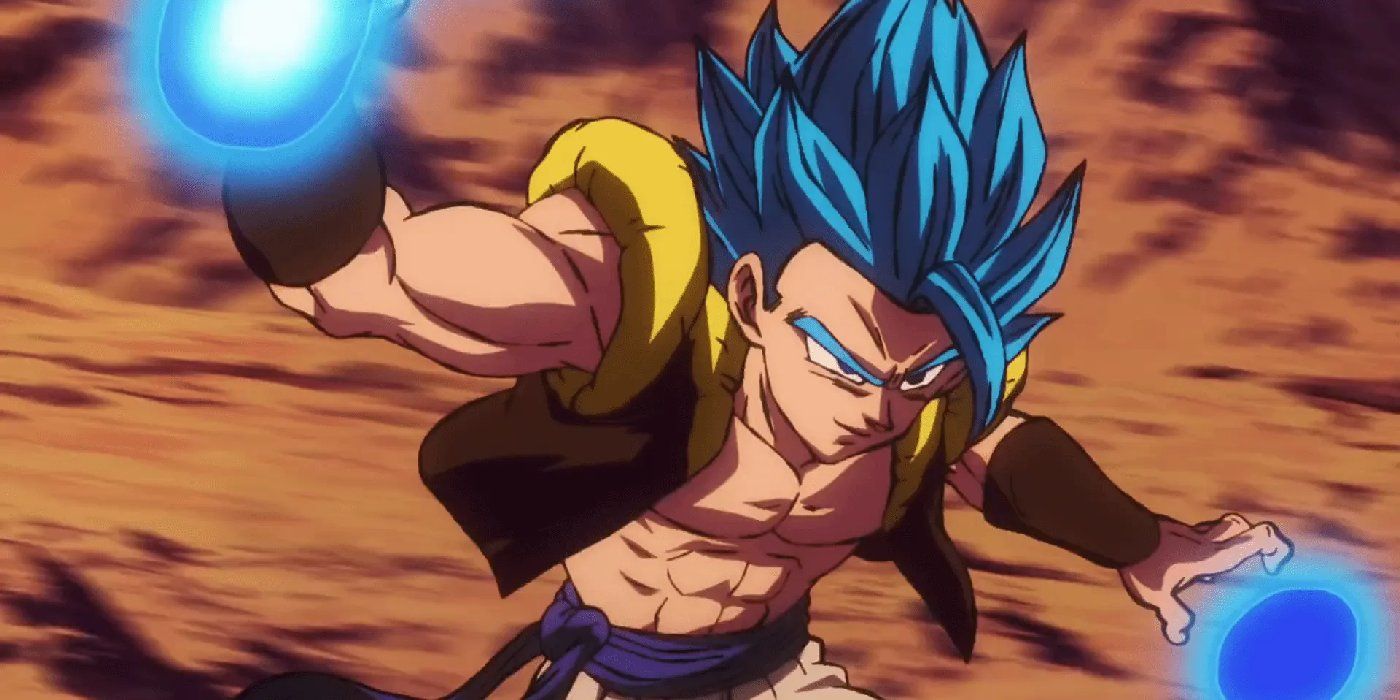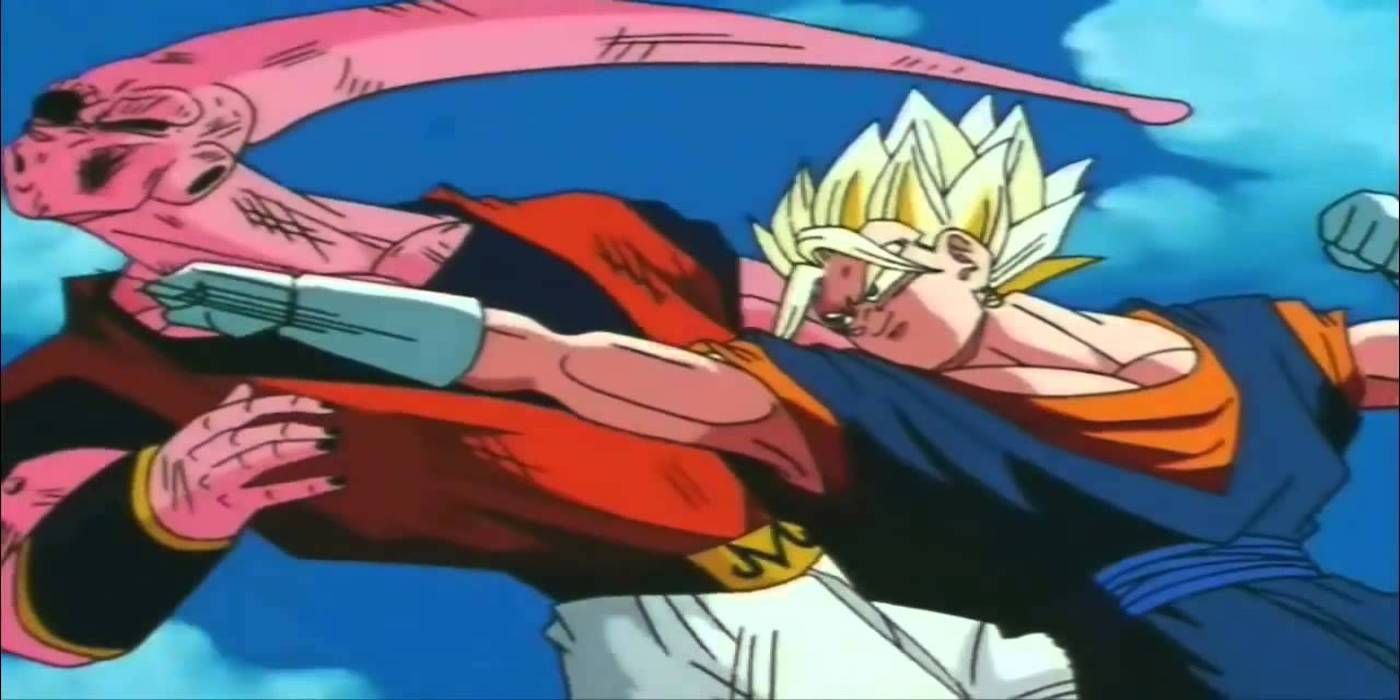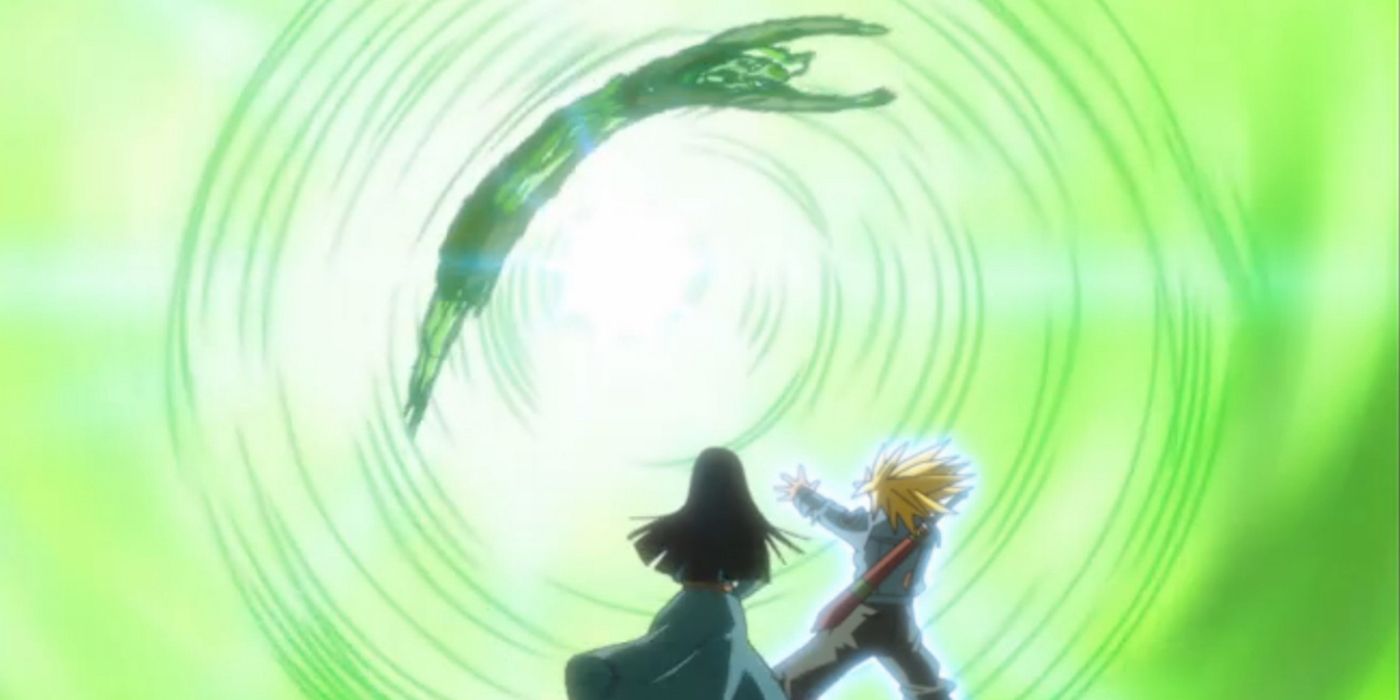From as early as Dragon Ball’s first story arc, Son Goku has always had a wide array of techniques at his disposal. With every subsequent story arc, Goku would find himself training and growing stronger, often learning new techniques in the process– most of the time by copying them from other martial artists.
It’s an approach that’s resulted in Goku lacking a signature technique all of his own, but it’s fitting Dragon Ball’s main character is a martial arts savant. Goku isn’t beholden to his own crafted abilities. His martial arts palette is varied, and the techniques he learns from other characters are often given their own Goku spin when all is said and done.
Jan Ken (Grandpa Gohan)
Considering Grandpa Gohan is essentially a concept until he’s formally introduced in the Red Ribbon Army arc, it’s easy to miss how ingrained Goku’s early fighting style is in his grandfather’s training. Goku’s Jan Ken in particular is actually a technique developed by Son Gohan himself.
As the series progresses, however, the Jan Ken very quickly disappears with Goku opting to use the Kamehameha as his signature technique instead. He’s still a melee dependent fighter more often than not (even choosing to fight Freeza on the ground), but the Jan Ken is very much a relic of early Dragon Ball.
Kamehameha (Muten Roshi)
Speaking of the Kamehameha, we’d be remiss not to mention the technique in Dragon Ball. After watching Roshi’s epic Kamehameha blast Gyumao’s castle away, Goku focuses what little Ki he has into a pitiful Kamehameha– but a Kamehameha nonetheless. It doesn’t see much use until the 21st Tenkaichi Budokai, but this sows an important seed within Dragon Ball.
Not only does it introduce Goku to one of his most important techniques– if not his most important– but it sets the precedent that Goku is a martial arts prodigy. Simply seeing the Kamehameha in action is enough for Goku to understand how it works and mimic it.
Taiyoken (Tenshinhan)
Although Goku has a bad habit of taking techniques from other martial arts and making them his own, he, for whatever reason, refuses to lay claim to the Taiyoken. Every time Goku uses it, he references the fact he’s taking somebody’s move, apologizing for having to borrow Tenshinhan’s technique, as if Goku isn’t always copying new moves.
It’s possible the reason Goku doesn’t consider the Taiyoken one of his own moves is just the mere fact he can’t add his own spin to it. The Kamehameha is something he controls with his own Ki, and techniques like Instant Transmission and the Kaioken are things he worked hard to attain. That’s not really the case with the Taiyoken.
Kaioken (Kaio)
Speaking of the Kaioken, it’s worth pointing out that nobody had ever mastered the Kaioken by the time Goku started training with Kaio. Even Kaio himself couldn’t pull off the technique properly. In that regard, it can be thought that the Kaioken is truly Goku’s technique, not Kaio’s– but it’s named after the latter, not the former.
The Kaioken almost serves as a proto-Super Saiyan, a means of giving Goku a mid-battle boost. Unlike Super Saiyan, however, the Kaioken had physical drawbacks that drained Goku’s stamina, ensuring fights had to be written in a dynamic way. Once Super Saiyan is introduced, that’s thrown out the window.
Genki Dama (Kaio)
Forever immortalized by Toei refusing to use anything but the Genki Dama to defeat villains multiple movies in a row, Goku learned the Genki Dama alongside the Kaioken. Interestingly, the Genki Dama wasn’t introduced as a giant sphere of light, but as a controllable ball of energy Goku could throw. It wouldn’t be until Namek that it took on its more grandiose appearance.
The Genki Dama’s introduction seems to give the impression Goku would use it in a more active capacity, but Toriyama settles on it being a passive technique, a move that lends itself well when it comes to drama.
Instant Transmission (The Yardrats)
Following the explosion of Namek, Goku found himself at the mercy of wherever the Ginyu Force’s space pod was set to fly to. Lucky for him, he landed on Yardrat, a planet home to rather mysterious inhabitants with even stranger abilities. Studying for nearly a year, Goku only manages to master a single one: Instant Transmission.
By focusing on familiar Ki, Goku can warp to a new location in a flash. It’s one of his single best techniques, essentially operating like a supercharged version of the Zanzoken present in the early arcs of Dragon Ball. It’s also just practical, which is always a plus.
Fusion Dance (The Metamorans)
A technique he picked up in the afterlife alongside Super Saiyan 3 during his seven-year stint being dead, the Fusion Dance ends up coming in handy come the Majin Buu arc. Goku intends for it to be the trump card that not only defeats Buu but ensures the future of the Earth, but Goten and Trunks aren’t ultimately up to the task.
In recent years, Goku busted out the Fusion Dance in Dragon Ball Super: Broly, forming the mighty Gogeta with Vegeta. Gogeta stands out as one of the single strongest characters in the franchise at the moment, nearly obliterating Broly with ease.
Potara Fusion (Rou Kaioshin)
Calling the Potara Fusion a technique may be stretching things considering all it requires is putting on an earring, but it’s still worth pointing out as an incredibly useful skill Goku has essentially inherited from another race entirely. The Potara earrings end up being the difference between life and death come the Buu arc.
Worth noting, however, Vegetto hasn’t ever actually defeated any of his opponents. He intentionally lets himself get absorbed by Buuhan, and he ends up defusing before he can finish off Merged Zamasu during their big bout at the end of the Goku Black arc. It’s still a cool technique, though!
Mafuba (Muten Roshi)
Although introduced in the original Dragon Ball, Goku wouldn’t have a single meaningful interaction with the Mafuba until Dragon Ball Super. With Zamasu immortal, Goku opts to take a creative approach to fighting the Kaioshin. He meets up with Roshi and asks to be taught the Mafuba. It doesn’t work in either the anime or manga, of course, but it’s an interesting bit of fan service.
Worth noting, it’s Trunks who ends up doing the Mafuba in the anime. The Goku Black arc in general tries to give Trunks more to do in the anime, so it makes sense he’d adopt that role from Goku. That said, it does make more sense for Goku to learn the Mafuba from Roshi than Trunks.
Hakai (Beerus)
In a moment exclusive to the Dragon Ball Super manga’s adaptation of the Goku Black arc, Goku manages to pull out a Hakai during his fight with Merged Zamasu, nearly wiping out the immortal Kaioshin from existence in the process. Goku is never shown learning this technique on-screen (and he doesn’t even see it in the manga,) but he does reference Beerus when attacking Zamasu.
At the end of the day, Goku’s use of the Hakai just highlights his ability to learn moves simply by observing them. Despite his lower-class nature, Goku has always had an aptitude when it comes to martial arts, picking up new tricks and techniques on the fly. How else would he be able to use a technique designed for literal gods? But that wouldn’t be a first, would it?

